Ever gazed into your dog’s eyes and wondered what’s going on in that furry head of theirs? Believe it or not, there’s a world of potential waiting to be unlocked. And we’re not just talking about teaching them to fetch or sit. We’re diving deep into the realm of cognitive development. Let’s embark on this enlightening journey together.
1. Introduction
You’ve probably heard the saying, “You can’t teach an old dog new tricks.” But what if we told you that’s just a myth? What if we said that your dog, regardless of age, has the potential to learn, grow, and surprise you with their intelligence?
Brain training for dogs isn’t just a trend; it’s a revolution. It’s not about teaching your dog to perform tricks for treats. It’s about stimulating their mind, enhancing their cognitive abilities, and building a stronger bond between the two of you. Think of it as mental gymnastics for your furry friend.
Imagine a world where your dog not only understands your commands but also thinks, solves problems, and even anticipates your needs. Sounds dreamy, right? Well, it’s entirely possible, and we’re here to guide you through it.
2. The Science Behind Dog Brain Training
The Canine Brain: A Brief Overview
Dogs, like humans, have complex brains. While they might not ponder existential questions or solve calculus problems, they have a remarkable ability to learn, adapt, and connect. The canine brain is a marvel of nature, and understanding it is the first step in our training journey.
How Training Stimulates Neural Connections
When you introduce your dog to new challenges and puzzles, you’re not just keeping them entertained. You’re actively stimulating the growth of neural connections in their brain. Just as reading, puzzles, and learning new skills can enhance human brain function, similar activities can boost your dog’s cognitive abilities.
Every time your dog faces a new challenge and overcomes it, their brain forms new neural pathways. This process, known as neuroplasticity, is the brain’s way of adapting and evolving. And guess what? It’s not exclusive to humans. Your dog’s brain is constantly changing, adapting, and growing, especially when stimulated with the right training.
The Link Between Mental Stimulation and Behavioral Improvement
Ever noticed how a bored dog often ends up being a mischievous dog? Chewing shoes, digging up the garden, or incessantly barking can all be signs of an under-stimulated mind. By engaging your dog’s brain, you’re not just making them smarter; you’re also channeling their energy into constructive activities.
A mentally stimulated dog is less likely to exhibit destructive behaviors. They’re calmer, more focused, and more in tune with their surroundings. In essence, brain training can be the key to a harmonious household.
3. Benefits of Brain Training for Dogs
Enhanced Obedience
Ever felt frustrated when your dog seems to ignore your commands? With consistent brain training, this can be a thing of the past. A mentally stimulated dog is more attentive, making them more receptive to your instructions. They’ll understand commands faster and execute them more accurately. It’s a win-win for both of you.
Mental Stimulation
Just as you enjoy a good book or a challenging puzzle, your dog craves mental stimulation. Brain training provides them with the challenges they need to keep their mind sharp. It’s like sending them to a gym, but for their brain.
Stronger Bond
The time you spend training your dog isn’t just about teaching them new skills. It’s quality time where you both connect, understand, and bond. The more you engage with them, the stronger your bond becomes. They’ll start to anticipate your actions, understand your moods, and even sync with your daily routines.
Behavioral Improvement
Remember those chewed-up shoes? With regular brain training, such incidents can become rare. A dog that’s mentally engaged is less likely to seek out mischief. They’ll be more content, relaxed, and less anxious.
Longer, Healthier Life
Mental stimulation can contribute to your dog’s overall well-being. A sharp mind often accompanies a healthy body. By keeping their brain active, you’re not just enhancing their cognitive abilities but also paving the way for a longer, healthier life.
By now, you might be thinking, “This sounds fantastic, but where do I start?” Don’t worry; we’ve got you covered. As we delve deeper into this topic, we’ll introduce you to techniques, exercises, and success stories that will inspire and guide you. Remember, every dog has untapped potential. It’s up to us to unlock it.
4. Common Misconceptions About Dog Training
“Old Dogs Can’t Learn New Tricks”
You’ve probably heard this age-old adage countless times. But let’s debunk this myth right now. Age is just a number, especially when it comes to brain training. In our experience, older dogs often bring a level of patience and wisdom to the training table that younger pups might lack. With the right approach, senior dogs can not only learn new tricks but also thrive while doing so. It’s never too late to introduce your furry friend to the wonders of cognitive development.
Brain Training is Just About Tricks
Many believe that dog training is all about teaching them to sit, stay, or roll over. While these commands are part of the training spectrum, brain training delves much deeper. It’s about enhancing your dog’s cognitive abilities, problem-solving skills, and overall mental agility. Think of it as a holistic approach to your dog’s well-being.
All Dogs Are the Same
Just as every human is unique, so is every dog. What works for one might not work for another. It’s essential to understand your dog’s individual needs, strengths, and weaknesses. Tailoring your approach based on their personality can make all the difference in the world.
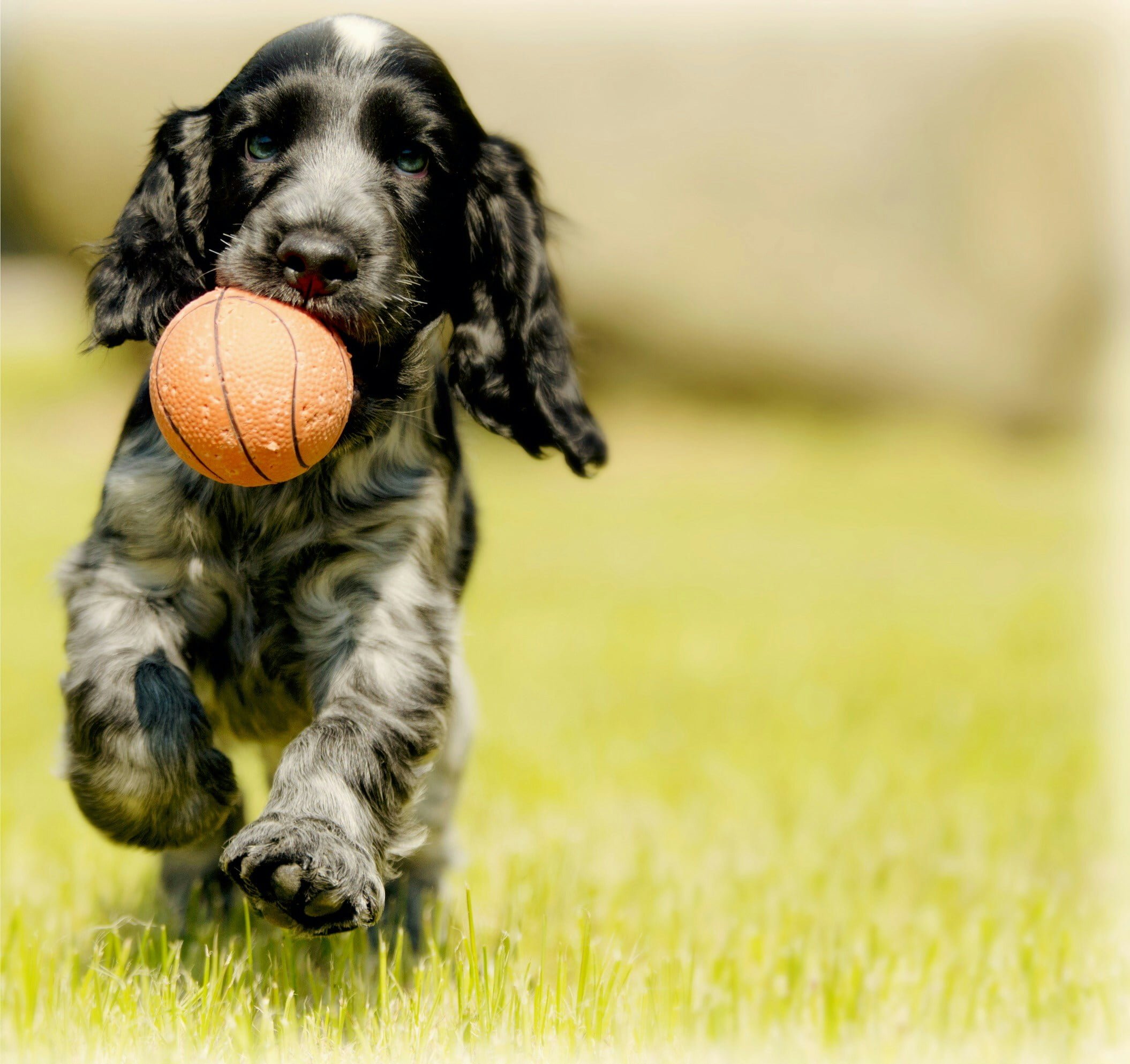
5. Techniques and Exercises to Get Started
Embarking on the brain training journey can feel overwhelming. But fear not! We’ve compiled a list of techniques and exercises that have proven effective time and again. Remember, the key is consistency and patience.
Puzzle Toys and Games
Introducing your dog to puzzle toys can be a game-changer. These toys stimulate their brain, challenge their problem-solving skills, and reward them for their efforts. It’s a fantastic way to keep them engaged and mentally active.
Name Recognition Games
Ever wondered if your dog can recognize their toys by name? Well, with a bit of training, they can! Start by naming each toy and rewarding your dog when they pick the correct one. Over time, you’ll be amazed at their ability to differentiate and remember.
Hide and Seek with Toys
This classic game isn’t just for humans. Hide your dog’s favorite toy and encourage them to find it. It’s a fun way to engage their senses and challenge their cognitive skills.
Advanced Obedience Commands
Once your dog has mastered the basics, introduce them to more advanced commands. This could include tasks like “stay” with distractions, “heel” during walks, or even “fetch” with specific items. The sky’s the limit!
Agility Training and Its Cognitive Benefits
Agility training isn’t just about physical exercise. Navigating through obstacles, following commands, and focusing on tasks can significantly boost your dog’s brainpower. Plus, it’s a fantastic bonding activity for both of you.
6. Success Stories
To inspire you further, let’s delve into some heartwarming success stories. These tales of transformation showcase the power of brain training and its impact on dogs and their owners.
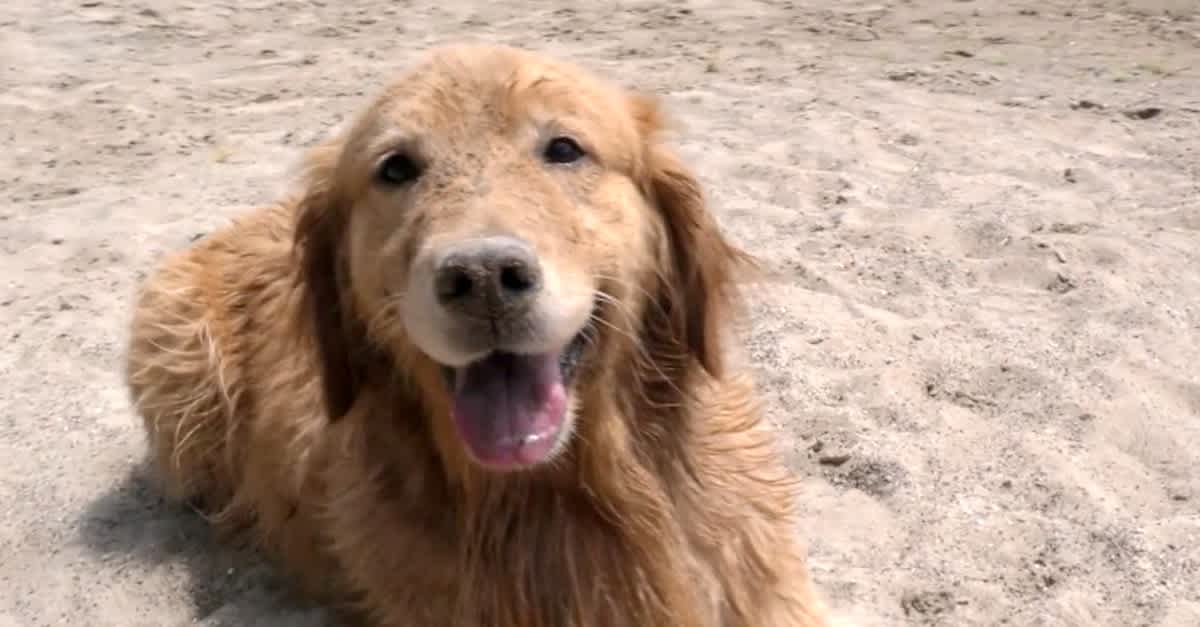
Buddy’s Transformation
Buddy, a restless Golden Retriever, was notorious for his destructive behavior. His owners were at their wit’s end. But after introducing him to regular brain training sessions, the change was astounding. Not only did Buddy’s destructive habits diminish, but he also became more attentive, obedient, and connected with his family. His owners often joke that brain training turned their “wild beast” into a “gentle giant.”

Luna’s Newfound Confidence
Luna, a shy and timid rescue dog, was always hesitant to interact with her surroundings. But with consistent cognitive training, she blossomed. The once-reserved pup now actively engages in games, seeks out challenges, and even plays with other dogs at the park. Her owners believe that brain training played a pivotal role in rebuilding her confidence.
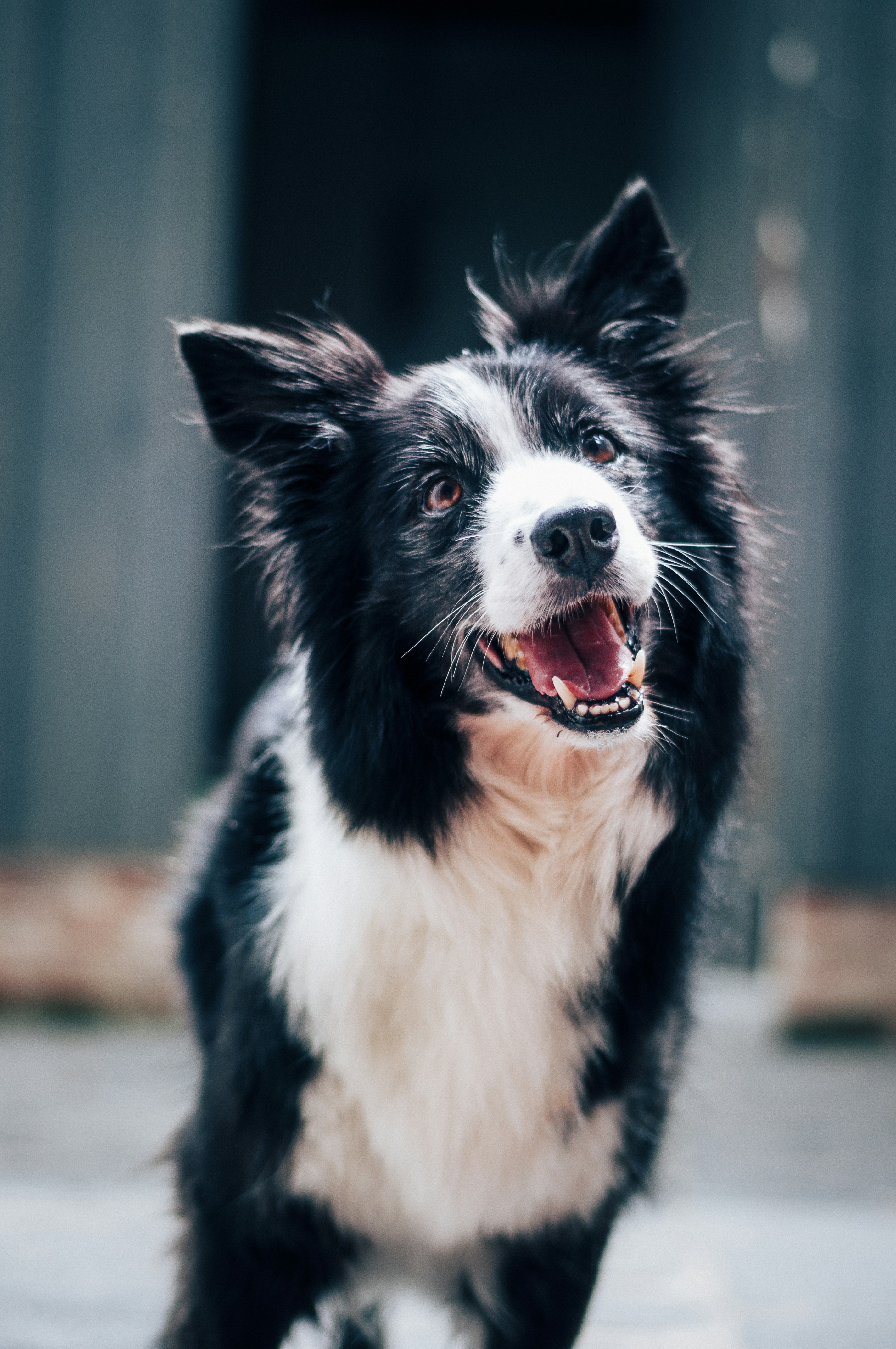
Max’s Journey to Stardom
Max, a Border Collie, always had a knack for learning tricks. But when his owner introduced him to advanced brain training techniques, Max’s potential truly shone. Today, he’s a star performer at local dog shows, impressing audiences with his intelligence, agility, and charm.
By now, you might be thinking, “If these dogs can achieve such remarkable transformations, why not mine?” And you’re absolutely right. Every dog, regardless of age, breed, or background, holds immense potential. It’s up to us, their trusted companions, to tap into it and guide them towards a brighter, more fulfilling future.
7. Choosing the Right Training Program
Navigating the world of dog training can be a maze. With countless programs, courses, and techniques available, how do you choose the one that’s perfect for your furry friend? Let’s break it down.
Understanding Your Dog’s Needs
Before diving into any training program, take a moment to understand your dog’s unique needs. Are they a puppy eager to learn? An older dog looking for mental stimulation? Or perhaps a rescue dog with specific behavioral challenges? Tailoring your approach based on their needs can yield remarkable results.
Look for Comprehensive Programs
A good brain training program isn’t just about tricks and commands. It should offer a holistic approach, focusing on cognitive development, problem-solving, and building a bond between you and your dog. In our opinion, programs that offer a mix of activities, challenges, and rewards tend to be the most effective.
Adaptability is Key
Dogs, like humans, have their good days and bad days. A training program that’s rigid and inflexible might not always work. Look for programs that offer adaptability, allowing you to modify exercises based on your dog’s mood, energy levels, and progress.
Seek Recommendations and Reviews
Word of mouth can be powerful. Talk to fellow dog owners, trainers, or even your vet. Their insights and experiences can guide you towards a program that’s tried and tested. Online reviews and testimonials can also offer valuable insights.
8. Brain Training for Dogs
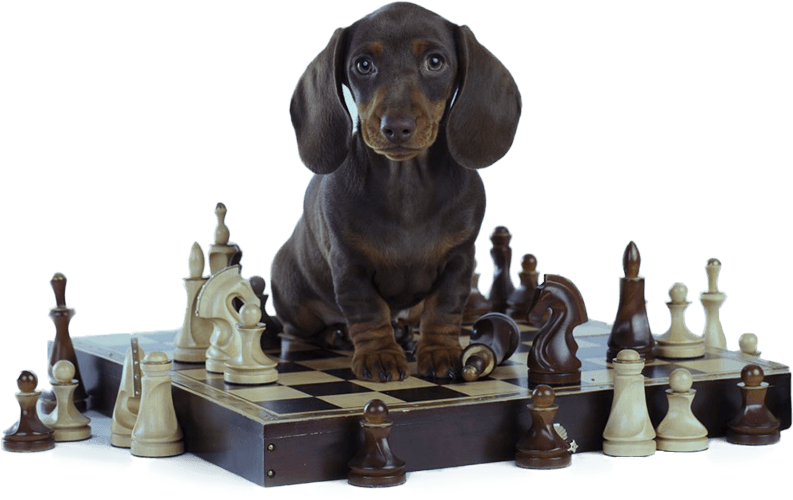
After we looked around and asked, we’ve come across a product that stands out from the rest: Brain Training for Dogs. Here’s why we believe it’s a game-changer:

Features and Benefits
Holistic Approach: This program doesn’t just focus on tricks. It delves deep into cognitive development, ensuring your dog gets a well-rounded training experience. Plus its a real person and lady that started this program and has a ton of credentials.
Step-by-Step Guidance: Whether you’re a first-time dog owner or a seasoned trainer, this program offers clear, easy-to-follow instructions that cater to all levels.
Interactive and Engaging: With a mix of videos, quizzes, and challenges, it ensures your dog remains engaged and motivated throughout the training process.
Backed by Science: All the techniques and exercises are rooted in scientific principles, ensuring your dog gets the best possible training.
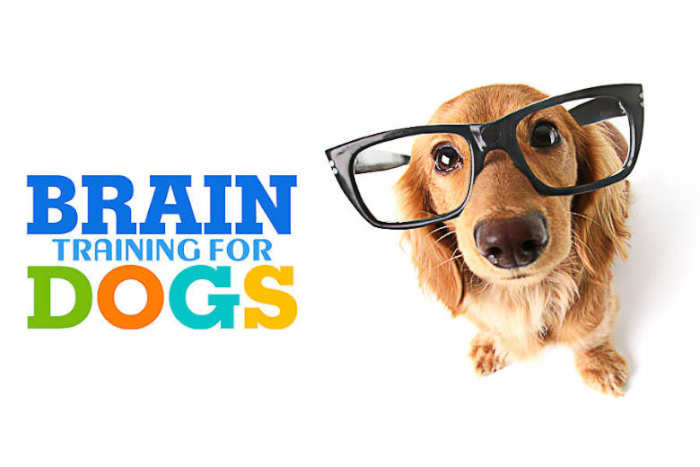
Why It Stands Out
In a market flooded with dog training programs, Brain Training for Dogs shines because of its comprehensive approach, adaptability, and focus on building a bond between the owner and the pet. It’s not just a training program; it’s a journey you embark on with your furry friend.
9. Conclusion
The journey of brain training is more than just teaching your dog new skills. It’s about unlocking their hidden potential, strengthening your bond, and ensuring they lead a fulfilling, mentally stimulated life. In our opinion, every dog deserves this chance. They bring so much joy, love, and happiness into our lives; it’s only fair we offer them the best in return.
Brain training isn’t a one-size-fits-all solution. It’s a personalized journey that caters to each dog’s unique needs and strengths. And with the right program, guidance, and dedication, the results can be truly transformative.
So, as you stand at the crossroads of this exciting journey, remember: Your dog’s potential is vast and untapped. With the right tools, techniques, and mindset, you can unlock a world of possibilities. Here’s to a brighter, smarter, and happier future for your furry friend!
Disclaimer: We believe in transparency and honesty with our readers. While researching the best brain training programs for dogs, we took a look at all of the best programs and “Brain Training for Dogs” was our favorite and had the best results. After careful consideration and evaluation of their program, we genuinely recommend their methods and techniques. However, we want you to be aware of our partnership with them. Our primary goal is always to provide you with accurate and valuable information, and we believe “Brain Training for Dogs” aligns with that mission. Thank you for your trust and understanding!
Enjoyed reading this article? There’s plenty more where that came from! Check out our blog for more insightful articles and tips about your furry friends. Here are a few you might find interesting:
– Pet Friendly Hotels Near Lax Airport
– Top Organic Dog Foods of 2023: Nourishing Your Dog Naturally
– Top 10 Dog Activities To Do With A Child
– Unlocking the Benefits of Premium Dog Vitamin Supplements
– Dog-Friendly Farmers Markets In Los Angeles
– Top 10 Dog Breeds Active Families
Keep exploring and learning with Trusty Paws!


